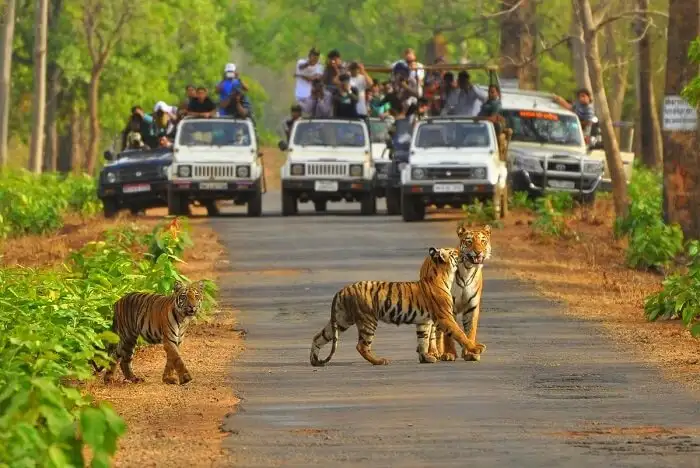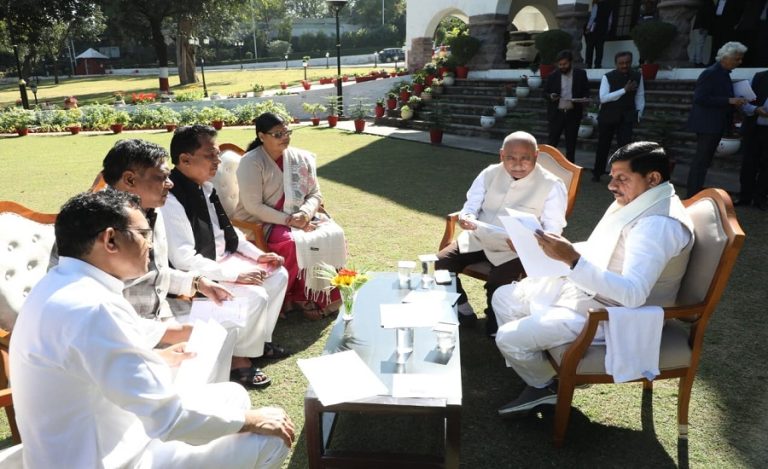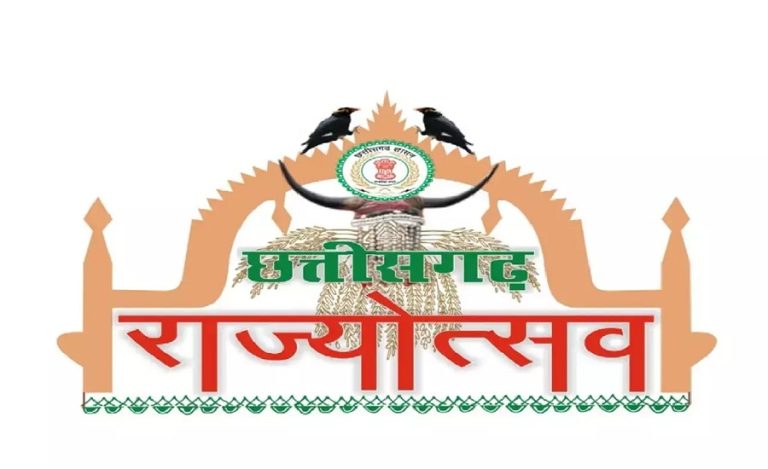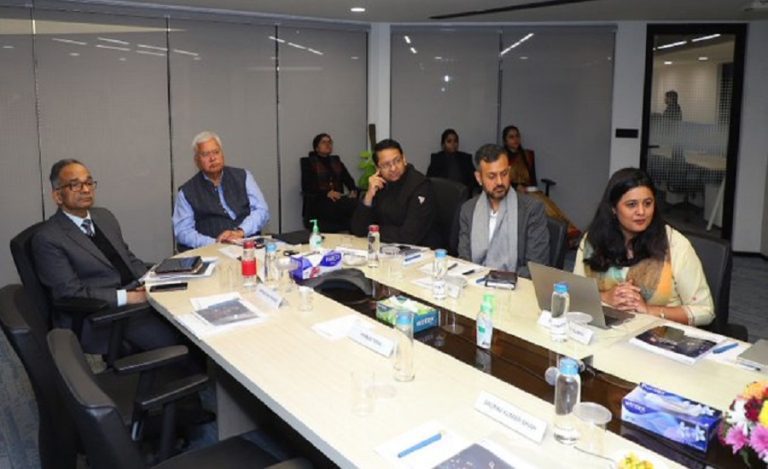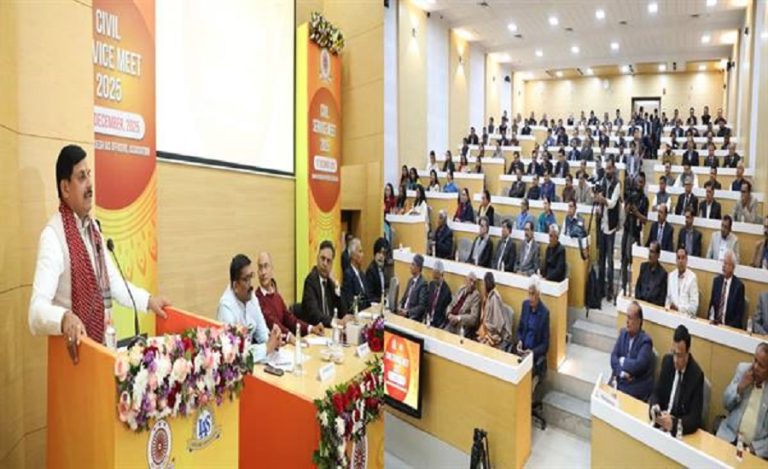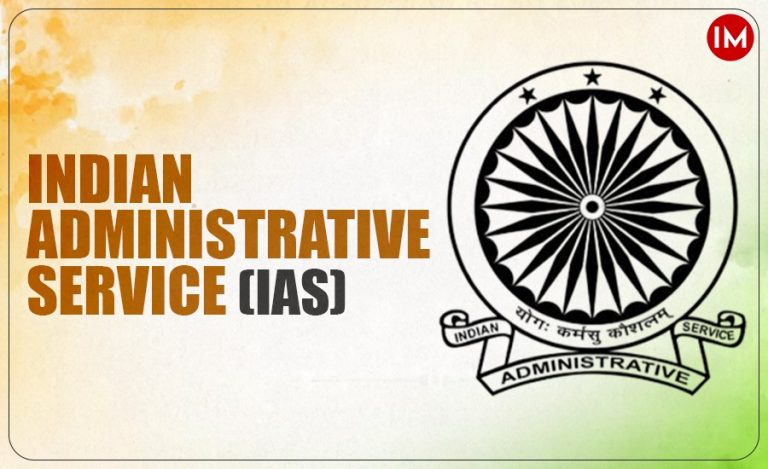Celebrating Global Tiger Day at the Corbett Tiger Reserve, Union Minister of State for Environment, Forest and Climate Change, Mr. Ashwini Kumar Choubey released a detailed report on how Management Effectiveness Evaluation (MEE) has emerged as the most important tool for tiger conservation. In this programme, Uttarakhand CM Pushkar Singh Dhami and Union MoS for Defence and Tourism Ajay Bhatt also participated.
MEE is defined as the assessment of how well protected areas (PAs) are being managed — primarily, whether they are protecting their values and achieving the goals and objectives agreed upon.
The 5th cycle of MEE of Tiger Reserves has provided outstanding qualitative and quantitative insights into the operations of Tiger Reserve Network (TRN) in the country. The TRN possesses multiple ‘Strengths’ that must be maintained and even improved to achieve a higher level of excellence.
MEE shows that Tiger Reserves in India are one of the finest conservation models in the world, providing habitat for the preservation of biodiversity and the well-being of humans.
MEE has been a key tool to assist and improve the management perspectives of Tiger Reserves and their associated landscape connectivity. It has been adopted from the framework of the International Union for Conservation of Nature and Natural Resources (IUCN) World Commission on Protected Areas, Management Effectiveness Evaluation.
India’s tiger reserves have been the prime destinations for nature-based tourism.
Since its inception in 2006, MEE, jointly conducted by the National Tiger Conservation Authority (NTCA) and the Wildlife Institute of India (WII), has paved the path for a successful evaluation of national tiger conservation efforts.
Results of the fifth cycle of MEE of Tiger Reserves in 2022 indicate an overall mean score of 78.01% (ranging between 50% to 94%) for 51 Tiger Reserves.
A total of 12 Tiger Reserves have achieved ‘Excellent’’ category including Odisha’s Similipal Tiger Reserve famous for its rare black tigers, followed by 21 Tiger Reserves in ‘Very Good’ category, 13 Tiger Reserves in ‘Good’ category and 5 Tiger Reserves in ‘Fair’ category. Periyar topped the ‘Excellent’ list followed by Satpura in second place.
आज कॉर्बेट टाइगर रिजर्व रामनगर उत्तराखंड में #InternationalTigerDay पर आयोजित कार्यक्रम में संबोधन….#TigerStateOfIndia #SaveTheTigers @moefcc https://t.co/wJ95uTJUas
— Ashwini Kr. Choubey (@AshwiniKChoubey) July 29, 2023
India is the only nation in the world to have institutionalised and effectively completed five cycles of MEE of Tiger Reserves in the country. It has declared a network of 53 Tiger Reserves spread across 18 States covering an area of 75,796.83 sq km. Of these, a total of 51 Tiger Reserves have been independently evaluated through the MEE process in the fifth cycle of MEE of Tiger Reserves in 2022.
Ten Independent Regional Expert Committees (RECs) were constituted and deputed in 10 different clusters of five tiger landscapes to evaluate the 51 Tiger Reserves of the country. Each team comprised a chairman and 2-3 members (retired IFS officers having experience in wildlife management, especially in the field of Tiger Reserve/ protected area management).
In addition, a faculty member from the Wildlife Institute of India (WII) provided technical support in carrying out the exercise. As a part of the exercise, the independent expert teams visited all 51 Tiger Reserves for conducting MEE as per the prescribed assessment criteria and completed the MEE Score Card after cross-checking the supportive documents submitted by the Field Directors.
Proud moment for India! With a 6.1% annual growth rate, tiger population stands at 3682. #GlobalTigerDay#InternationalTigerDay#InternationalTigerDay2023#MissionLiFE#ProPlanetPeople pic.twitter.com/QXNdUgxkSN
— MoEF&CC (@moefcc) July 29, 2023
To bring about parity in the analysis of the diverse Tiger Reserves of the country and to guide the evaluators with respect to the assessments to be made, the criteria have been slightly refined since past cycles in the technical manual.
For the assessment of each of the six elements of the MEE Framework, 33 criteria have been developed for the MEE of Tiger Reserves in India. A detailed matrix was developed and included as a part of the assessment to make the scoring more objective after assigning differential weightage to different criteria/indicators.
The scores of all 33 ‘criteria/indicators’ were pooled together for each of the 51 Tiger Reserves and a percentage rating was calculated for each Tiger Reserve.
This interpretation classified the results into four categories based on the percentage of maximum possible score: 50-59% rated as ‘Fair’; 60-74% rated as ‘Good’; 75-89% rated as ‘Very Good’ and >= 90% rated as ‘Excellent’. Slight modification of these categories and the introduction of the category ‘Excellent’ was done to accommodate substantial improvement (higher scores viz. >= 90%) made by the Tiger Reserves during 5th cycle of MEE. Care was taken to ensure that these categories are comparable with previous cycles of MEE, i.e., very good category of the previous cycles was split into two categories, viz., very good and excellent categories in this cycle.
आज कॉर्बेट टाइगर रिजर्व रामनगर उत्तराखंड में #InternationalTigerDay पर विभिन्न राज्यों के टाइगर रिजर्व द्वारा किए जा रहे कार्यों की लगी प्रदर्शनी का अवलोकन करते हुए.. #TigerStateOfIndia #SavetheTiger pic.twitter.com/yeqP1MCuO6
— Ashwini Kr. Choubey (@AshwiniKChoubey) July 29, 2023

